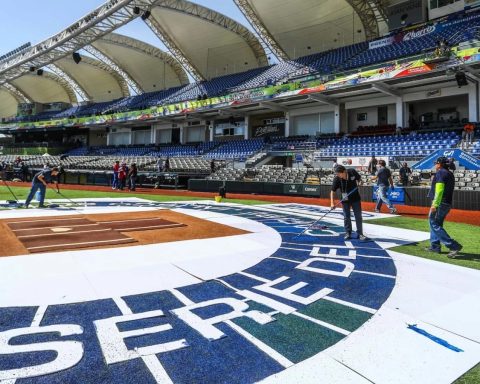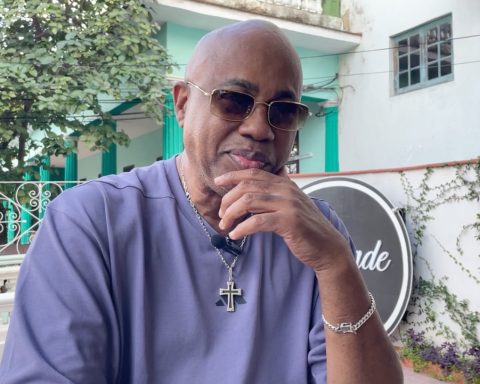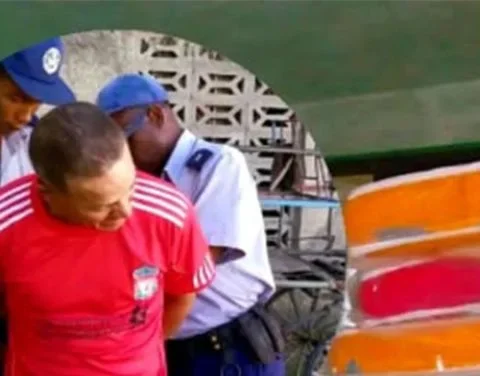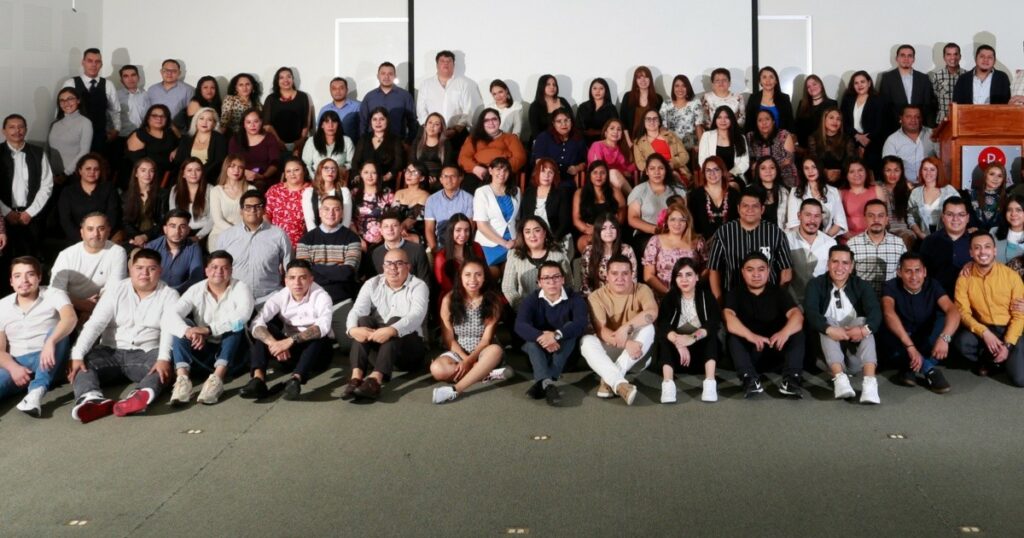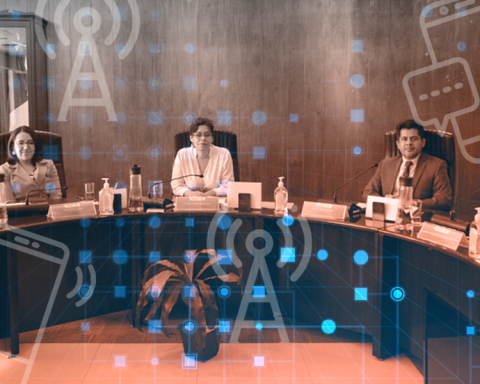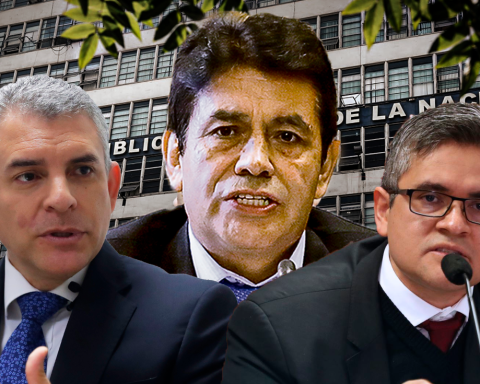Havana Cuba. — On March 6, 2000, as part of the Battle of Ideas promoted by the dictator Fidel Castro to recover the child Elián González, the program of youth video clubs in peripheral neighborhoods and towns in the interior of the island. The social purpose of these spaces was to bring initiatives that contributed to raising their general culture to the most remote communities.
One of the first was established in Camajuaní, province of Villa Clara. The project was backed by ICAIC and led by the Union of Young Communists (UJC).
Soon the initiative spread throughout the country, reaching more than 350 facilities where, in addition to children’s matinees on weekends and nightly film presentations, there was room for dissimilar artistic expressions, from theater performances for children to trova downloads and exhibitions. of plastic arts.
It is estimated that during the first ten years of the program more than 50 million people participated in the activities organized by the video clubs, especially young people. These spaces had a marked social function, working closely with the various groups in the community —elderly, disabled, socially disadvantaged children—, always within the parameters of the cultural policy imposed by the Communist Party.
In fact, having been created within the framework of one of the largest political campaigns of the revolutionary era, youth video clubs fundamentally served as a way to strengthen propaganda and indoctrination in favor of the system. Despite this primary mission of reinforcing political-ideological work, these venues constituted an entertainment alternative for those who lived in remote areas or did not have the resources to access other recreational options.
With the passage of time, the interest, resources and will of cultural promoters diminished. Both the weather phenomena and the eternal financial crisis that Cuba is suffering affected the deterioration of many of these places and the disappearance of attractive artistic proposals.
Currently, the neighborhoods do not even have municipal houses of culture, as destroyed as the youth video clubs and without programming that may be of interest to the community.

